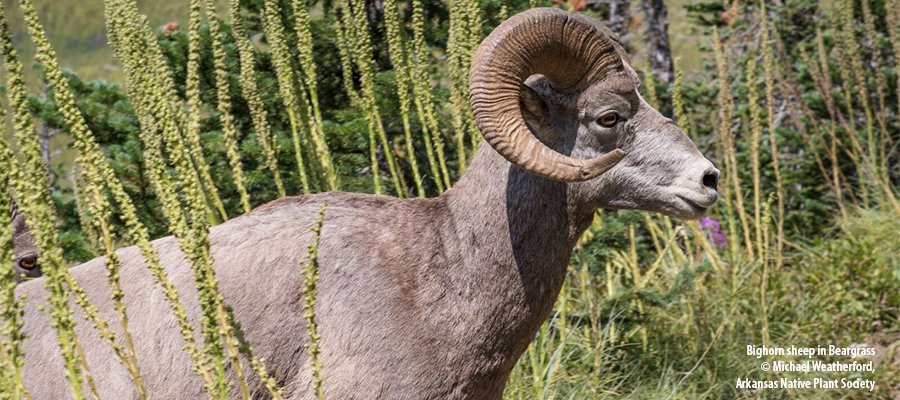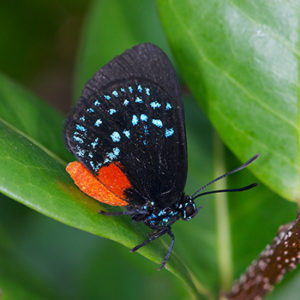
Wildlife require locally adapted native plants for food, shelter, hiding cover and habitat. Wild native animals and plants have adapted to each other and to their specialized habitats over many thousands of years. That is why the Endangered Species Act, for example, includes designation of “critical habitat” (i.e. protection of local native plant communities) as an essential part of species conservation.
In order to conserve the Jaguar, the animals food source must also be protected. Jaguars prefer certain types of wild pigs, called peccaries which require particular types of palm nut. So Jaguar conservationists restore and conserve native plant communities to conserve palms which support the peccaries which support the Jaguar.
Wildlife require locally adapted native plants for food, shelter, hiding cover and habitat. Wild native animals and plants have adapted to each other and to their specialized habitats over many thousands of years. That is why the Endangered Species Act, for example, includes designation of “critical habitat” (i.e. protection of local native plant communities) as an essential part of species conservation.
Our definition of native is a plant or animal that has evolved in a particular place long enough to be able to establish the specialized relationships that are nature. Most of the relationships between plants and animals are highly specialized, and they take a long time to develop. Specialization in the natural world, especially diet specialization, is the rule rather than the exception.
—NPCC Advisor Professor Doug Tallamy
Examples and Additional Resources
Study: Gardens should contain at least 70% native plants to support stable songbird populations
Native plants help increase native bird and butterfly populations in suburbs
Natives First Fact Sheet on native plants and wildlife
The Garden as Habitat, with Doug Tallamy — 2014 interview
The resplendent Quetzal — this beautiful Central American bird is a specialized eater of fruit of the Laurel family
The Coontie is the sole host plant for the rare and exquisite Atala butterfly, which lives in Florida and the Caribbean. The larvae can withstand the plant’s natural toxins and, in turn, incorporate them into their tissues, rendering the larvae and adults unpalatable to predators.
A 2015 review found that, globally, Protected Areas receive roughly 8 billion visits/year, generating approximately US $600 billion/y in direct in-country expenditure and US $250 billion/y in consumer surplus. Protected areas conserve healthy native plant communities which support multi billion dollar ecotourism industries and jobs worldwide. Native plant communities attract visitors because they are beautiful and because they are habitat for charismatic wildlife.



